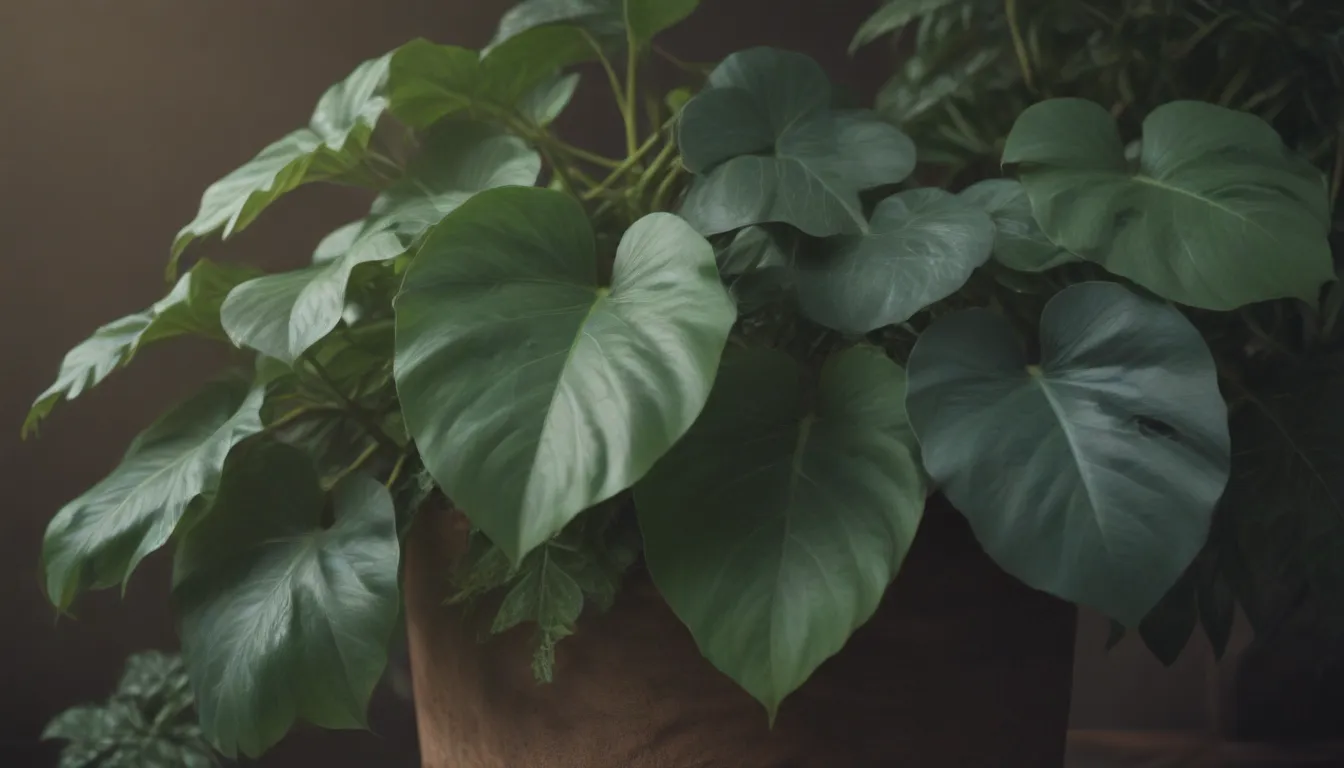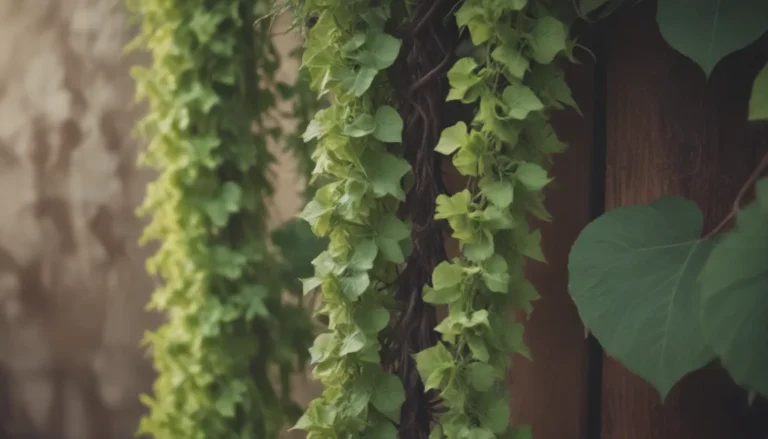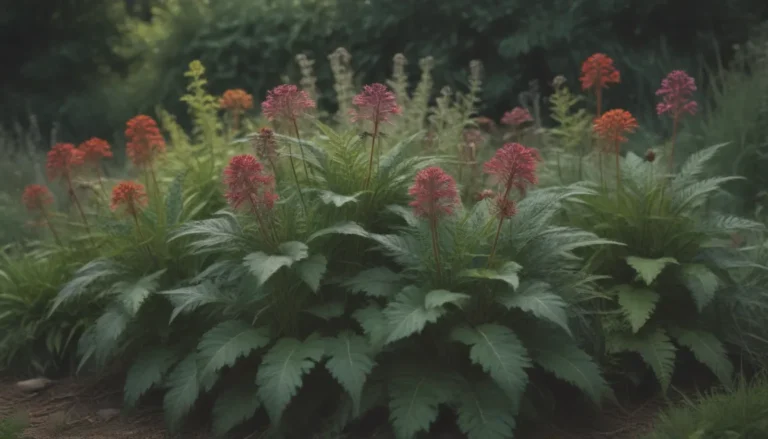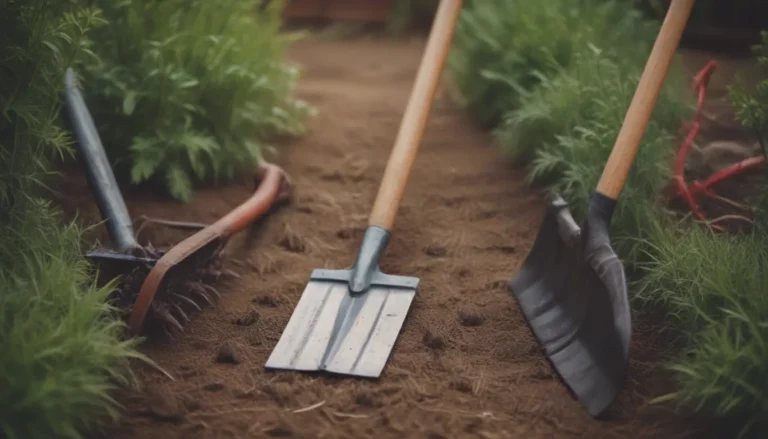Everything You Need to Know About Growing and Caring for Philodendron Rugosum

If you’re looking to add a touch of exotic flair to your indoor plant collection, consider the rare and unusual Philodendron rugosum. This large, fast-growing tropical aroid is perfect for those looking to make a statement with their plant selection. With its large, waxy, dark green foliage and unique veins, the Philodendron rugosum is truly a showstopper. Its thick texture and shape of the leaves have earned it the nickname “sow’s ear philodendron,” as the foliage resembles a pig’s ear when gathered in wrinkles near the plant’s stem.
In this comprehensive guide, we’ll cover everything you need to know to successfully grow and care for your Philodendron rugosum. From light and soil requirements to watering and propagation tips, we’ve got you covered. Let’s dive in and learn more about this stunning plant!
Philodendron Rugosum Care
The Philodendron rugosum is an excellent choice for beginner houseplant enthusiasts. This plant is adaptable, forgiving, and relatively low-maintenance, making it a perfect addition to any indoor plant collection. Here are some essential care tips to keep your Philodendron rugosum thriving:
Light
- The Philodendron rugosum thrives in a variety of light conditions but prefers bright, indirect sunlight.
- Avoid placing it in direct sunlight, as this can cause the leaves to burn.
- In low-light conditions, the plant will grow more slowly, and the foliage may be less impressive.
Soil
- This plant does well in a variety of well-draining soils.
- Consider using a mix of orchid bark, perlite, and peat moss for optimal growth.
- Ensure the soil is rich and drains well to prevent root rot.
Water
- While the Philodendron rugosum prefers consistent moisture, be cautious not to over-water.
- Check the top layer of soil before watering and only water when it feels dry.
- Water thoroughly but avoid letting the soil become soggy.
Temperature and Humidity
- The Philodendron rugosum can tolerate a wide range of temperatures, ideally between 55 to 90 degrees Fahrenheit.
- Maintain humidity levels above 40 percent for lusher, larger leaves.
- Keep the plant away from drafts and cold rooms to prevent damage.
Fertilizer
- Feed your Philodendron rugosum with diluted liquid fertilizer monthly during the growing season.
- Avoid over-fertilizing, as this can damage the plant’s roots.
- Skip fertilizing during the plant’s dormant phase in winter.
Propagating Philodendron Rugosum
Propagating your Philodendron rugosum is a rewarding experience that allows you to expand your plant collection. While there are multiple methods for propagation, stem cuttings are the most popular choice. Here’s a simple guide to propagating your Philodendron rugosum:
- Take a healthy stem cutting from the plant, ensuring it has at least one node.
- Remove any lower leaves and place the cutting in water or moist soil.
- Keep the cutting in a warm, humid environment until roots develop.
- Once roots have formed, transplant the cutting into a pot with well-draining soil.
Potting and Repotting Philodendron Rugosum
The fast-growing nature of the Philodendron rugosum means that it will require repotting more frequently than other plants in the genus. To keep your plant healthy and thriving, be mindful of its potting and repotting needs:
- Repot your Philodendron rugosum every one to two years, depending on its growth and root development.
- Avoid using pots that are significantly larger than the previous size, as this can lead to excess moisture and root rot.
- Choose a well-draining potting mix and ensure the plant is potted at the same level as its previous pot.
Common Pests and Plant Diseases
While the Philodendron rugosum is relatively resilient, it can still fall victim to common pests and diseases. Keep an eye out for spider mites and mealybugs, and treat them promptly with insecticidal soap or neem oil to prevent infestations.
Common Problems With Philodendron Rugosum
To ensure your Philodendron rugosum remains healthy and vibrant, watch out for common issues that may arise. Here are some common problems and their solutions:
Yellowing Leaves
- Adjust the plant’s light, water, and fertilizing schedules if the leaves start turning yellow.
- Excessive sunlight, dry conditions, or overfeeding can cause leaf discoloration.
Curling or Droopy Leaves
- Curling or droopy leaves indicate that the plant needs more water.
- Perform the finger test to check soil moisture levels and adjust watering accordingly.
Brown Tips
- Brown tips on the leaves may indicate underwatering or low humidity levels.
- Invest in a humidity meter to monitor levels and use a humidifier if necessary.
In conclusion, the Philodendron rugosum is a stunning plant that can add beauty and elegance to any indoor space. With the right care and attention to its needs, you can enjoy its unique foliage and fast growth for years to come. Whether you’re a seasoned plant enthusiast or a beginner looking to expand your collection, the Philodendron rugosum is a fantastic choice that is sure to impress.
Remember to source your Philodendron rugosum from reputable nurseries or online sellers to ensure you are getting a healthy and well-cared-for plant. With proper care and attention, your Philodendron rugosum will reward you with its beauty and resilience, making it a prized addition to your indoor plant family.





